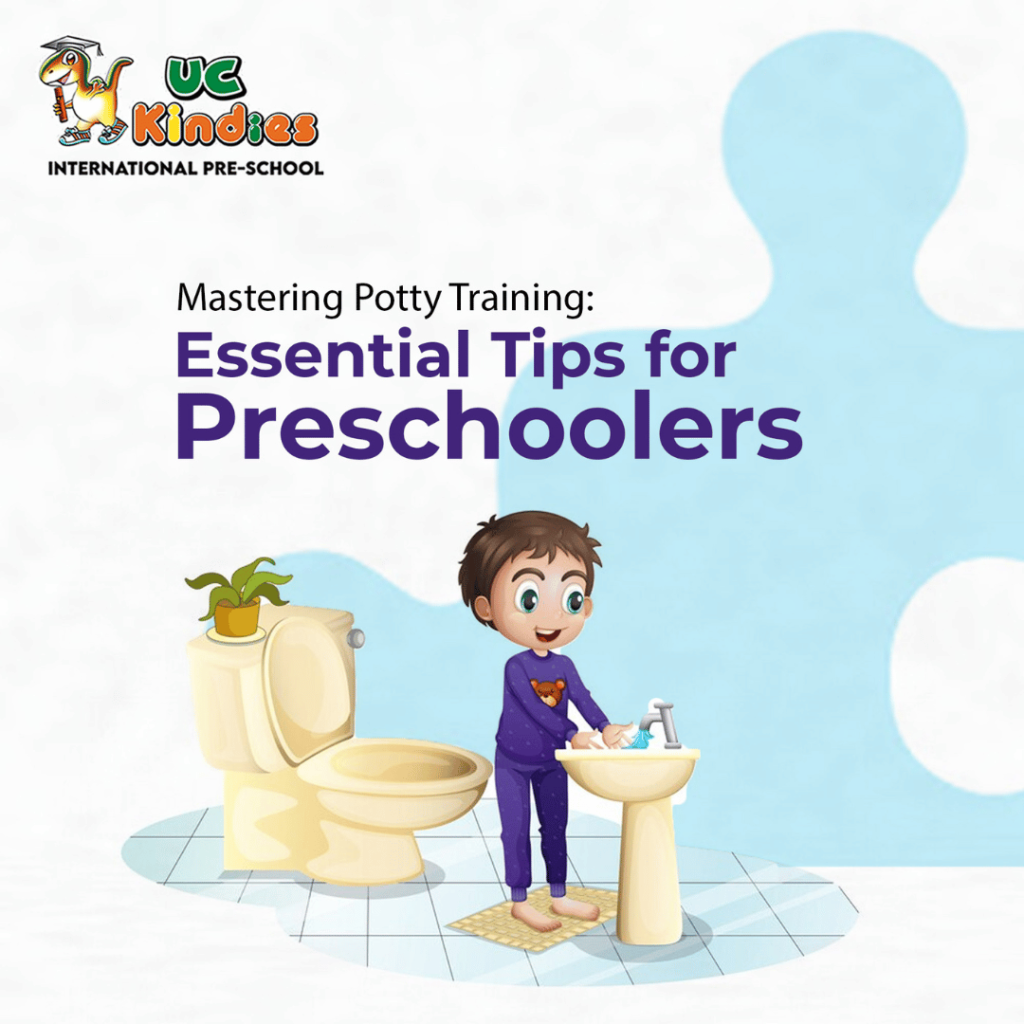
Potty training is a significant milestone for both children and parents. While it can be a challenging and sometimes messy process, with the right approach and a little patience, your preschooler can successfully transition from diapers to using the toilet independently. In this article, we’ll provide you with some valuable tips to help make potty training a positive and successful experience for both you and your child.
Timing is Key in Potty Training
The first tip for successful potty training is to ensure the timing is right. Every child is different, so it’s important to wait until your child is physically and emotionally ready. Signs of readiness include showing an interest in the bathroon, being able to communicate basic needs, and having onger periods of dryness during the day.
Create a Potty Trining Routine
Estalishing a consistent routine can be incredibly helpful during the potty training process. Set regular times for your child to sit on the potty, such as after meals or before bedtime. Consistency will help your child become familiar with the routine and increase their chances of success.
Choose the Right Equipment
Invest in a child-sized potty chair or a special toilet seat adapter to make your child feel comfortable and secure. Allow your child to be part of the decision-making process by selecting a potty chair in their favorite color or with their favorite cartoon characters. This sense of ownership can encourage their enthusiasm for using the potty.
Demonstrate and Explain
Children learn by example, so demonstrating how to use the potty is crucial. Let your child observe you or an older sibling using the toilet and explain the process in simple terms. Encourage them to ask questions and ensure they understand that using the potty is a natural part of growing up.
Encourage and Praise
Positive reinforcement plays a significant role in motivating your child during the potty training journey. Celebrate every small success, such as sitting on the potty, trying to use it, or successfully using it. Offer words of encouragement, high-fives, or small rewards like stickers to acknowledge their efforts and progress. This positive reinforcement helps build their confidence and reinforces the desired behaviour.
Maintain a Relaxed Environment
Create a calm and relaxed atmosphere during potty training. Avoid pressuring or forcing your child, as it may lead to resistance and setbacks. Be patient and understanding, allowing your child to progress at their own pace. Remember, accidents will happen, so remain calm and reassure your child that it’s a normal part of learning.
Teach Proper Hygiene
Teaching proper hygiene practices is an integral part of potty training. Teach your child to wipe properly, wash their hands thoroughly with soap and water, and dry them afterward. Reinforce the importance of good hygiene habits to keep them healthy and prevent the spread of germs.
Be prepared for Nighttime
Daytime and nighttime potty training are separate processes. It’s common for children to achieve daytime success before becoming consistently dry at night. Use waterproof mattress protectors and have extra sheets handy in case accidents occur. Limit fluid intake before bedtime, encourage your child to use the potty before going to sleep, and be patient as nighttime dryness can take longer to achieve.
Conclusion
Potty trianing is a significant developmental milestones for preschoolers. By following these essential tips, you can help make the process smoother, more positive and successful. Remember that each child is unique and will progress at their own pace. Stay patient, provide consistent support, and celebrate each achievement along the way. With time and persistence, your child will gain confidence and independence in their potty training journey.
Explore more educational blogs like this Click here to see more
